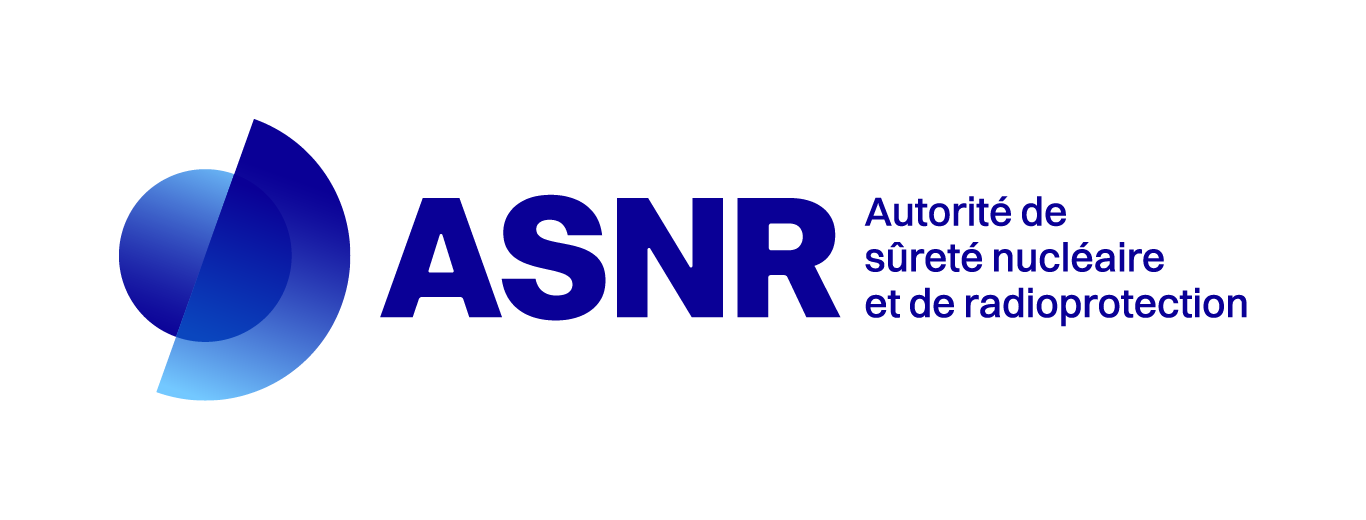How it is monitored
Monitoring of the environmental radiological status is carried out more particularly in the vicinity of nuclear installations, but it is also carried out throughout France.
Consequently, different monitoring networks have been deployed to collect regular and precise measurements:
-
Sampling networks in the environment (air, water, soil and foodstuffs to be analyzed a posteriori by the laboratory)
- Continuous radioactivity monitoring networks which provide real-time transmission and processing of the measurement results, and also have an alert function in case of an unusual peak in measured radioactivity.
A monitoring ensured by the operators, regulated by the ASNR
In the vicinity of nuclear facilities, French regulations require operators to monitor the effluent discharged by their installations and the environment around their installations, both inside and outside nuclear sites.
Radioactivity measurements of the samples taken for this monitoring, must be carried out by approved laboratories. This monitoring is generally carried out as close as possible to the potential sources of accidental release.
Under close monitoring are : nuclear installations, related to or involved in the industrial stages of electricity production (old uranium mining sites, manufacturing factories, sites for enrichment or reprocessing of nuclear fuels, nuclear power plants, treatment centers, nuclear waste storage facilities), nuclear research centers, and military ports with nuclear naval bases.
This global monitoring organization placed under the nuclear operators’ responsibility, constitutes the main source of measurement data, making it possible to know the radiological status of the environment around the nuclear facilities.
National Monitoring by the ASNR
The ASNR not only conducts regular monitoring around nuclear sites using its own resources, complementing that implemented by operators, but also more comprehensive monitoring across the entire national territory. The measurement results are also submitted to the National Radiological Monitoring System (RNM).
Beyond monitoring carried out at the closest facilities, this broader monitoring provides information on the radiological state of the environment and allows for the detection of abnormal increases in radioactivity levels.
The ASNR acquires data on the radioactivity of the French environment in mainland France and the French Overseas Territories (DROM-COM) through radioecological studies it conducts at the request of nuclear operators, public authorities, or representatives of civil society (CLI, local authorities, associations, etc.), or as part of its own study and research programs.
Monitoring also provided by other stakeholders
Numerous other entities monitor radioactivity throughout all or part of the country: ministerial departments and government departments responsible for health inspections, associations, etc.
The ministerial and governmental bodies in charge of health inspections have a general mission of sanitary control of foodstuff and animal meats, which requires the search for hazardous chemical, physical and biological agents, including search for radioactive substances.
For example, the Directorate-General on Food Safety (DGAL) carry out a plan annually to monitor the possible contamination of foodstuffs (milk and dairy products, eggs, meat, fish, and seafood) by radionuclides. The objective of this plan, set up after the Chernobyl accident (and revised in 2008), is to ensure that there is no contamination of any food produced in the neighborhood of nuclear facilities.
The Directorate-General for Health (DGS) and the Regional Health Agencies (ARS) organize the monitoring of water quality (drinking water, recreational water, domestic hot water, bottled water, wastewater ...).
As for the Associations, the Association for Radioactivity Monitoring in Western France (ACRO) conducts regular monitoring of radioactivity in the environment throughout the Seine-Normandy basin, and also conduct investigations in other locations at the request of individuals.
Finally, some Approved Air Quality Monitoring Associations (AASQA) are equipped with automatic sensors for continuous measurement of atmospheric radioactivity.
This set of measurements, also fed into the RNM database, gives an comprehensive overview of the territory radioactivity level in various environmental compartments and foodstuff.
To learn more about radiological monitoring of the territory, its implementation, the associated measurement techniques and the background noise of different radionuclides in the environment, you can consult the Report of additional information to the assessment of the radiological state of the French environment 2021-2023.
FROM SAMPLING TO MEASUREMENT: C14 ACTIVITY IN MILK
The measurement of C14 in biological samples requires complex and delicate methods which are used both for the carbon-14 dating technique and for the quantification of the carbon-14 activity of an environmental sample.
Once the sample has been taken in the field (1), it must be quickly packaged to avoid any degradation, then sent to the laboratory to undergo various treatments. Lyophilization of milk (2) allows better combustion of the sample.
After weighing (3), the sample of freeze-dried milk undergoes combustion (4) which transforms the carbon into CO2. From the collected CO2, a stepwise chemical operation to synthesize Benzene(C6H6) is carried out (5). In this liquid form, the carbon-14 content of the sample will be measured by liquid scintillation (6).
Several months may be needed from collection to restitution of the radioactivity measurement.
 return to top
return to top




